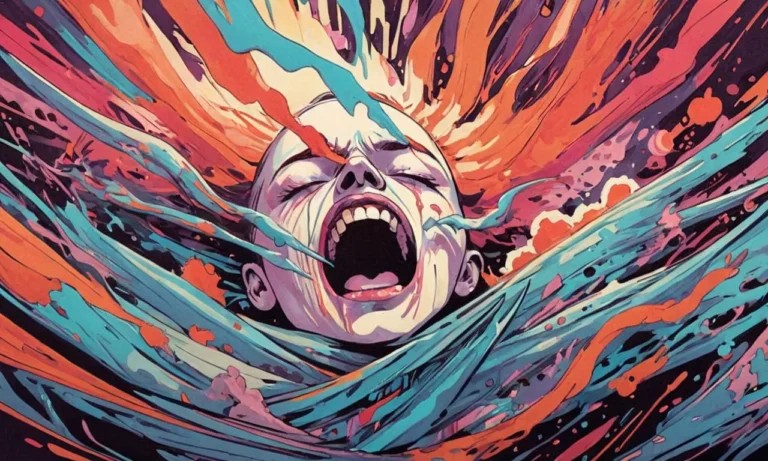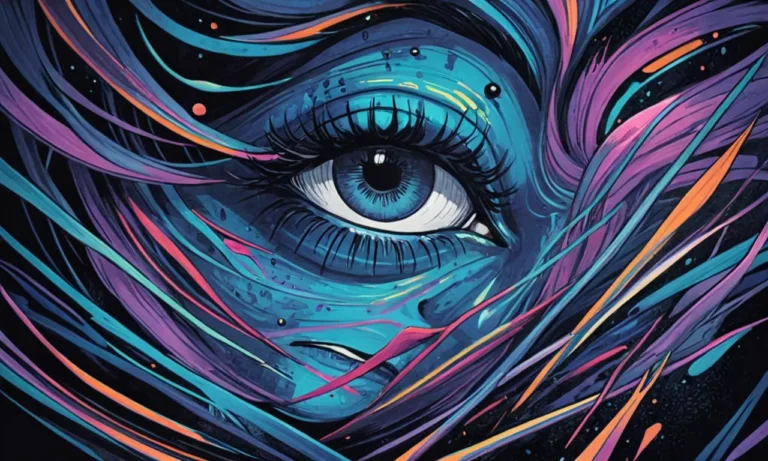What Does Dream Weaver Mean?
Have you ever experienced a dream so vivid and enchanting that it left an indelible mark on your memory? Perhaps you’ve found yourself pondering the significance of these dreams, wondering what they might mean. Well, my dear reader, let me introduce you to the fascinating concept of the “Dream Weaver.” But before we dive into this mystical realm of dream interpretation, allow me to set the stage by explaining the origins and various interpretations of the term “dream weaver.”
Dream Weavers in Folklore and Mythology
Throughout history and across different cultures, people have been fascinated with the idea that dreams can be woven or crafted by some supernatural force. In many folktales and mythologies, a “dream weaver” is often depicted as a goddess or spirit who spins intricate webs of dreams for humans to experience during their sleep.
One such example comes from ancient Greek mythology, where the goddess Morpheus is said to be a skilled dream weaver. According to legend, Morpheus would visit mortals in their sleep, crafting vivid and lifelike visions based on their deepest desires or fears. His sister Phobetor was known for creating nightmares, while his brother Phantasos specializes in the creation of fantastical dreams.
In Native American folklore, the concept of the dream weaver takes on a slightly different form. Here, the dream weaver is often portrayed as an animal spirit guide who helps individuals tap into their intuition and gain insights through dreams. This interpretation emphasizes personal growth and self-discovery rather than focusing solely on the content of one’s dreams.
The Psychological Aspect: Freud’s Perspective
While many cultures have embraced the idea of a dream weaver, Sigmund Freud, the father of psychoanalysis, offered his own interpretation of this concept when he proposed that dreams are simply manifestations of our subconscious mind. According to Freud, our unconscious desires and repressed thoughts weave together during sleep to create symbolic images and scenarios in our dreams.
Freud believed that understanding these symbols could provide valuable insights into an individual’s psyche, allowing them to confront unresolved issues and achieve a greater sense of self-awareness. While his theories have been both praised and criticized over the years, there is no denying that Freud played a crucial role in shaping our modern understanding of dreams.
Interpreting Your Own Dreams: A Personal Journey
Now that we’ve explored some of the various interpretations of the term “dream weaver,” it’s time to turn our attention towards interpreting your own dreams. After all, each of us is a unique individual with our own personal experiences and perspectives, so it makes sense that our dreams would reflect these differences as well.
To begin this process, try keeping a dream journal by your bedside table. Every morning when you wake up, spend a few minutes jotting down any notable dreams or thoughts you experienced during the night. Don’t worry about getting everything perfect; just focus on capturing the essence of each dream as best you can.
As you continue this practice over time, you may begin to notice patterns emerging within your dreams. Perhaps certain themes or symbols keep appearing again and again, or maybe you find that certain emotions seem to dominate your nightly visions. By paying close attention to these recurring elements, you can start to gain a deeper understanding of what your dreams are trying to tell you.
Engaging in the Conversation: Sharing Your Dreams with Others
Once you’ve spent some time reflecting on your own dreams and making connections between them and your waking life, it can be helpful to share these insights with others. Whether you choose to discuss your experiences with friends, family members, or even complete strangers, engaging in conversations about dreams can provide valuable perspectives and new ideas for interpretation.
However, keep in mind that not everyone will approach dream analysis from the same perspective as you. Some people may focus on symbolism, while others might be more interested in exploring the emotional content of a particular dream. By remaining open-minded and receptive to different viewpoints, you can foster a deeper understanding of both your own dreams and those of others.
Conclusion: The Endless Tapestry of Dreams
In conclusion, the concept of the “dream weaver” has captivated people’s imaginations for centuries, inspiring countless tales and theories about the true nature of our nightly visions. Whether you believe in ancient spirits or Freudian symbolism, there is no denying that dreams have a powerful impact on our lives – both consciously and unconsciously.
As we continue to explore this mystical realm of dream interpretation, let us remember to approach each new discovery with curiosity and wonder. For at the end of the day, it is through these conversations and reflections that we can begin to unravel the intricate tapestry of our dreams – one thread at a time.
So go ahead, dear reader – dive into the world of dream analysis and discover the endless possibilities that await you within the realm of the dream weaver. Who knows? You might just find that your own personal journey of self-discovery has only just begun.







